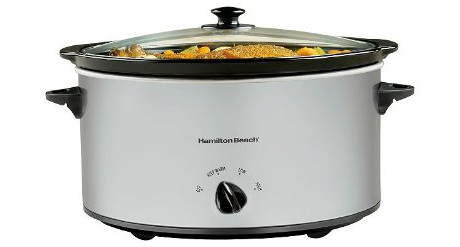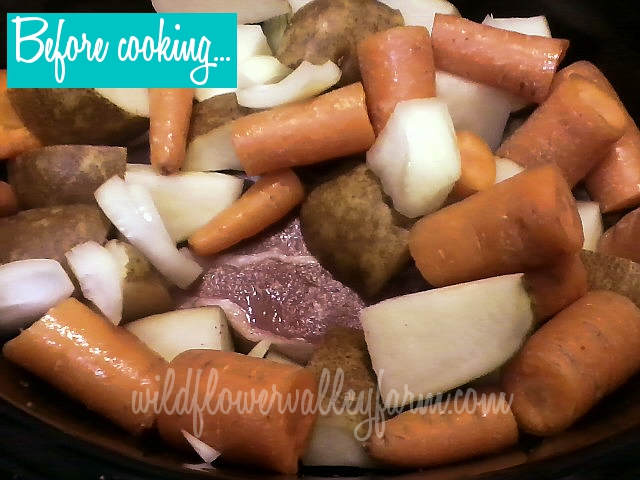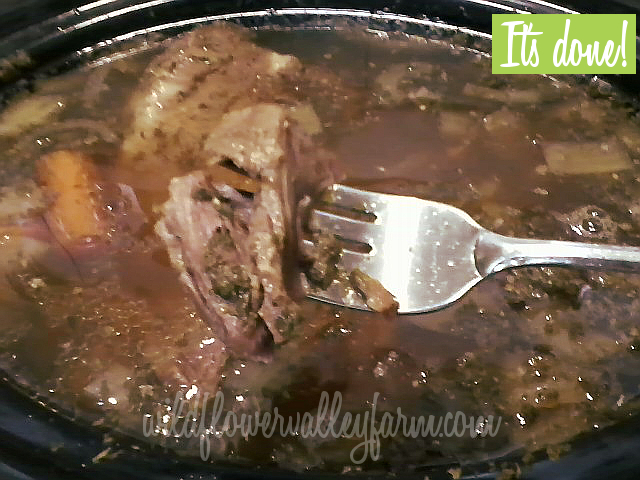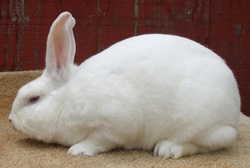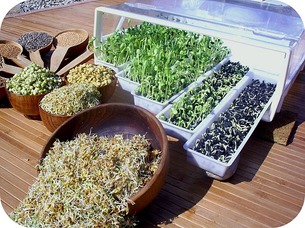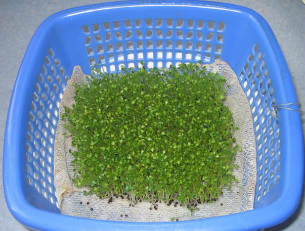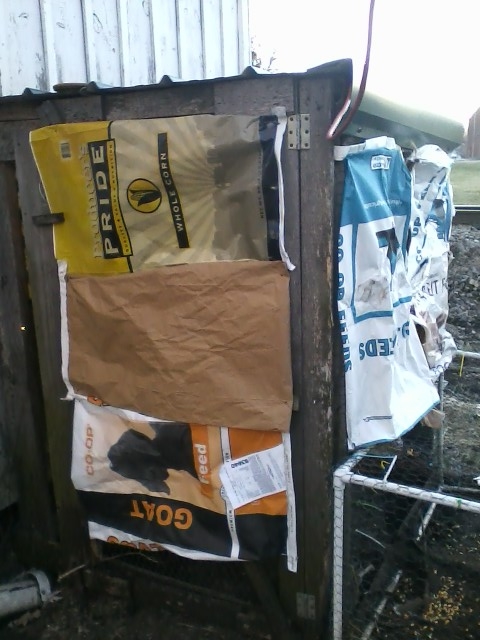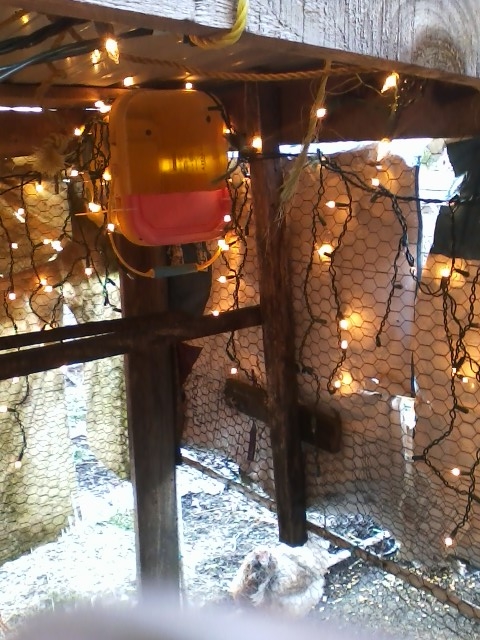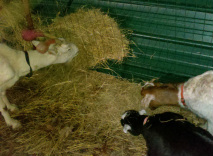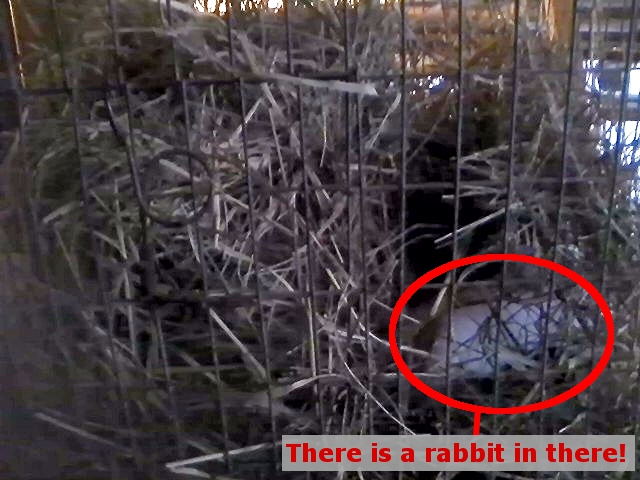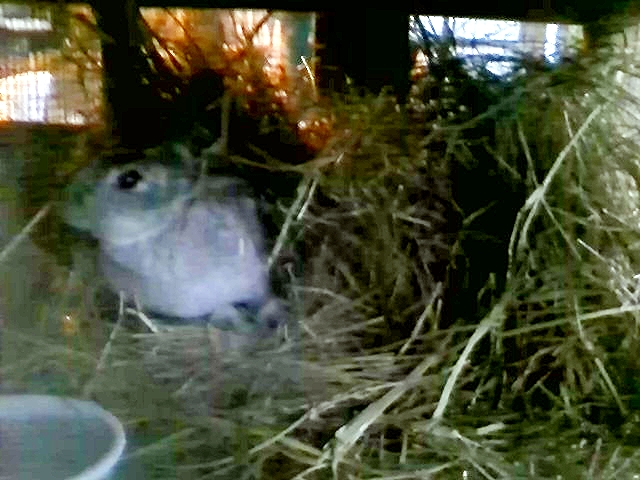Here is the "recipe" for today's meal. I typically cook from my head, without using a recipe (unless I am baking, or trying a new dish I've never made before), so these measurements are approximate. But just like a slow-cooker, this recipe is forgiving. Trust me, it's so super-incredibly-painfully-simple, you would actually have to try on purpose to mess it up. If you can afford it, grass-fed meat and organically raised vegetables are best. In reality however, like many people, we cannot always afford to purchase organic and grass-fed, so we just do the best we can.
Ingredients:
- 1 approximately 1 1/2 lb beef roast (any cut you like)
- 2 small or 1 medium sweet onion
- 4 or 5 fist-sized white potatoes (russet, yukon-gold, or red-skinned) - I leave the skin on but you can peel if you prefer.
- 4 medium-sized carrots
- 1 1/2 tablespoons granulated garlic
- 1 tablespoon dried parsley
- 1/4 teaspoon oregano
- 1/8 teaspoon cumin powder
- 1 teaspoon black pepper
- 1 tablespoon sea salt (I know that sounds like a lot, but potatoes absorb a lot of salt before taking on the flavor)
- 2 tablespoons balsamic vinegar
Directions:
Rinse the roast and place in the bottom of the slow-cooker crock. Cut the onions into approximately 1-inch chunks and place in the crock. Cut the potatoes and carrots into thumb-sized pieces and place in the crock. Add vinegar and sprinkle in all seasonings. Fill with water to within 1/2 inch of the rim the lid sits on. Cover with the lid and cook on the "low" setting for 8 hours. (I have left this to cook for up to 12 hours with no negative results). Taste and add additional salt and pepper if necessary. Serve with the green vegetable of your choice.
Tonight we will have turnip greens with this, but it goes well with green beans, broccoli, or pretty much any other vegetable of your choice. If you aren't a fan of green veggies, try a nice tossed salad instead.
**This post may contain affiliate links where appropriate.

